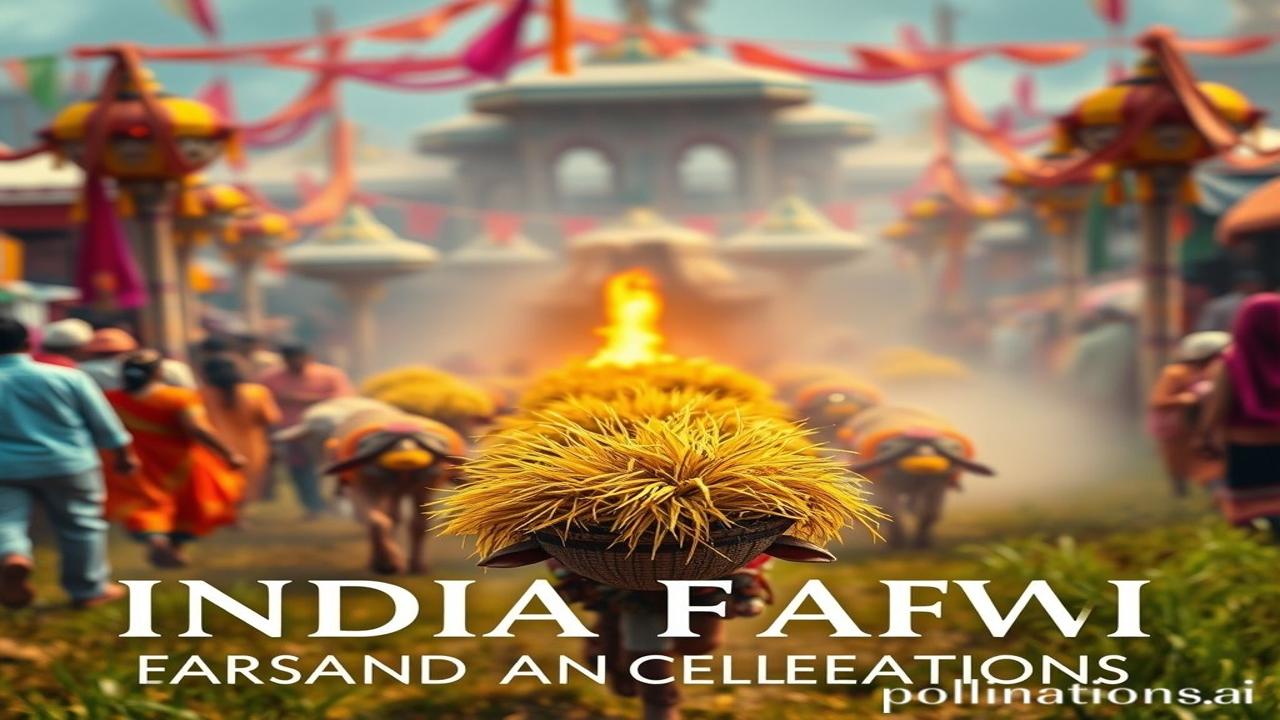India ke Desi Beej: Waqt ki Dhool Mein Chhupi Kahaniyan (India’s Indigenous Seeds: Stories Hidden in the Dust of Time)
Kabhi socha hai, humare ancestors ne jo beej (seeds) boye the, unmein kitni kahaniyan chhupi hain? Unki mehnat, unke sapne, aur humari dharohar (heritage) – sab kuch toh un chhote-chhote beejon mein simta hua hai. Aaj ki fast-paced duniya mein, hum woh beejon ki importance ko bhoolte ja rahe hain. Chalo, thoda waqt nikaal kar, inki kahani sunte hain. Let’s rediscover the magic!
Bharat ke Desi Beej: Ek Itihaas (India’s Indigenous Seeds: A History)
So, what are these “desi beej”? Basically, they are the indigenous seeds, the ones that have been cultivated and passed down through generations in India. Yeh koi modern hybrid nahi hai; they are the time-tested varieties adapted to our local climates and soil.
Inki history is very old. Think back to the Indus Valley Civilization (around 3300-1700 BCE). Archeological evidence shows they were cultivating wheat, barley, rice, and pulses. Imagine those early farmers carefully selecting the best seeds from their harvest, saving them for the next planting season. This process, repeated over centuries, created the amazing diversity of desi beej we see today.
Why are they important? Because they represent our agricultural heritage, our food security, and our cultural identity. They are naturally resistant to many local pests and diseases, reducing the need for harmful pesticides. And they are deeply connected to the tastes and traditions of different regions of India.
Zamini Sach: Kisan aur Jeevan (The Ground Truth: Farmers and Life)
Imagine a small village in Rajasthan. Sun beating down, the air filled with the scent of dry earth. An old farmer, Dada Ramlal, carefully examines his bajra seeds. His face is etched with the wisdom of generations.
“Yeh bajra,” he says, adjusting his pagdi, “mere dada par-dada bhi yahi bohte the. Ismein taqat hai, shakti hai. Yeh humari dharti ki santan hai.” (This bajra, my great-grandfathers used to sow the same. It has strength, power. It is the offspring of our land.)
His wife, Ma Shanti, is preparing the fields. She sings an old folk song as she works, her hands moving with practiced grace. Their children help with the planting, learning the ancient skills that have sustained their family for centuries.
Their life is hard, but they are proud. They know that their desi beej are not just seeds; they are a legacy. They are a connection to their ancestors, their land, and their culture.
“Beti,” Dada Ramlal explains to his granddaughter, “Yeh beej humari sanskriti ka hissa hai. Inhe sambhal kar rakhna, kyunki yeh humari pehchaan hai.” (Daughter, these seeds are a part of our culture. Preserve them carefully, because they are our identity.)
Dharohar aur Pehchan: Aaj ka Bharat (Heritage and Identity: Modern India)
Today, desi beej are more important than ever. With the rise of genetically modified (GM) crops and the loss of agricultural biodiversity, these seeds are a lifeline to our past and a hope for our future.
We see their presence in various aspects of Indian life. Think about the different varieties of rice used in Pongal in Tamil Nadu, or the unique types of dals prepared during Diwali across the country. Each dish is a testament to the rich diversity of desi beej.
The preservation of desi beej is directly tied to Bharatiyata (Indianness). It’s about reclaiming our agricultural sovereignty, celebrating our cultural diversity, and ensuring food security for future generations.
Mazedar Tathya aur Bhram-Bhanjak (Fun Facts and Myth Busters)
- Myth: Desi beej are less productive than hybrid seeds.
- Truth: While hybrid seeds may offer higher yields in the short term, desi beej are often more resilient to climate change and pests, making them a more sustainable choice in the long run.
- Did you know? India has over 50,000 documented varieties of rice! That’s an incredible diversity of flavors, textures, and nutritional value, all thanks to desi beej.
Drishya aur Bhavnayein (Visuals and Emotions)
Imagine the aroma of freshly baked makki ki roti (cornbread) made from desi makka (corn). Feel the rough texture of jowar (sorghum) flour in your hands. Hear the rhythmic sound of the dhakki (traditional husking pedal) as the women of the village prepare the rice for the evening meal. Taste the sweetness of gud (jaggery) made from locally grown sugarcane. The air is thick with the earthy smell of the fields, a reminder of the connection between food, land, and culture.
Antim Vichar ya Uddharan (Closing Insight or Quote)
The future of India lies in reconnecting with our roots. The preservation of desi beej is not just an agricultural issue; it is a cultural imperative. It is a call to action to protect our heritage, celebrate our diversity, and ensure a sustainable future for generations to come.
As they say in Sanskrit: “Annadata sukhi bhava” (May the provider of food be happy). Let’s support our farmers, preserve our desi beej, and cultivate a future where food security and cultural identity go hand in hand. Let’s not let these stories hidden in the dust of time, fade away. Let’s nurture them, so they continue to nourish us.
